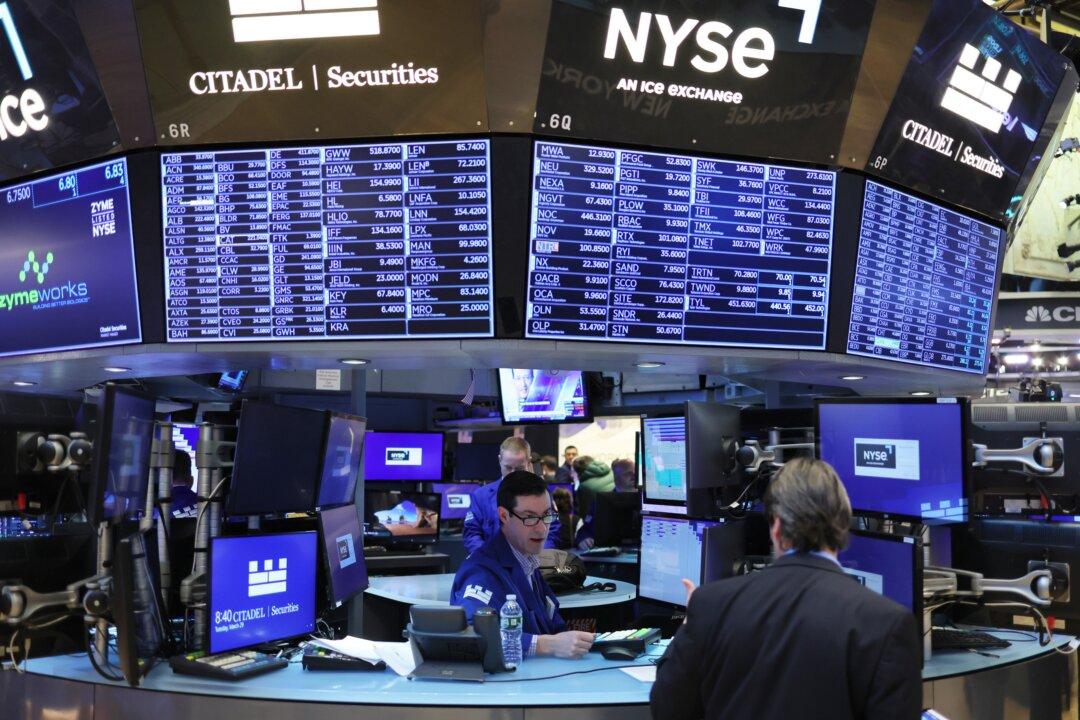Commentary
It gets stated that “bears are like a ‘broken clock,’ they are right twice a day.” While it may seem true during a rising bull market, the reality is that the “broken clock syndrome” owns both “bulls” and “bears.”

It gets stated that “bears are like a ‘broken clock,’ they are right twice a day.” While it may seem true during a rising bull market, the reality is that the “broken clock syndrome” owns both “bulls” and “bears.”